

The Auxiliaries
503rd Engineer Service Battalion (Forestry) | 507th Engineer Service Battalion (Forestry) | 517th Engineer Service Battalion (Forestry) | 519th Engineer Service Battalion (Forestry) | 523rd Engineer Service Battalion (Forestry) | 531st Engineer Service Battalion (Forestry) | 533rd Engineer Service Battalion (Forestry)547th Engineer Service Battalion | 548th Engineer Service Battalion
309th Quartermaster Battalion | 314th Quartermaster Battalion | 320th Quartermaster Battalion | 323rd Quartermaster Battalion | 324th Quartermaster Battalion | 328th Quartermaster Battalion | 329th Quartermaster Battalion | 331st Quartermaster Battalion | 332nd Quartermaster Battalion | 333rd Quartermaster Battalion | 335th Quartermaster Battalion | 342nd Quartermaster Battalion
101st Wagon Company | 303rd Wagon Company | 304th Wagon Company | Motor Truck Company No. 2
301st Pack Train | 305th Pack Train | 306th Pack Train | 307th Pack Train | 318th Pack Train | 319th Pack Train | 320th Pack Train | 321st Pack Train | 322nd Pack Train | 323rd Pack Train | 324th Pack Train | 325th Pack Train | 326th Pack Train | 327th Pack Train | 328th Pack Train
Note: Most of the content of this article comes from "TWENTIETH ENGINEERS -- FRANCE -- 1917-1918-1919"
No story of the Forestry Engineers in France can be told without frequent recognition of the worth of the various auxiliary troops who served with the Twentieth Regiment. Reference to the tabular resume of the Forestry organization shows the existence of three distinct groups: the Service Companies, who were, at the last, actually parts of the Twentieth; Engineer Service Battalions, and Quartermaster troops attached for duty to the Forestry organization.
Of the three classes, the Service Companies were incomparably the most important in their value to the Regiment, both by superior training, longer service, greater administrative efficiency, but chiefly because they actually became a part of the Regiment whose devotion to duty, when duty meant only hard, continuous unrequited toil, was unsurpassed and probably never equaled in the whole grim business of winning the war.
Practically none of our Service Companies were organized with a view to Forestry attainments. The 28 companies were formed as seven distinct Engineer regiments, only the first of which were in France any length of time before being assigned to duty with the Tenth and Twentieth.
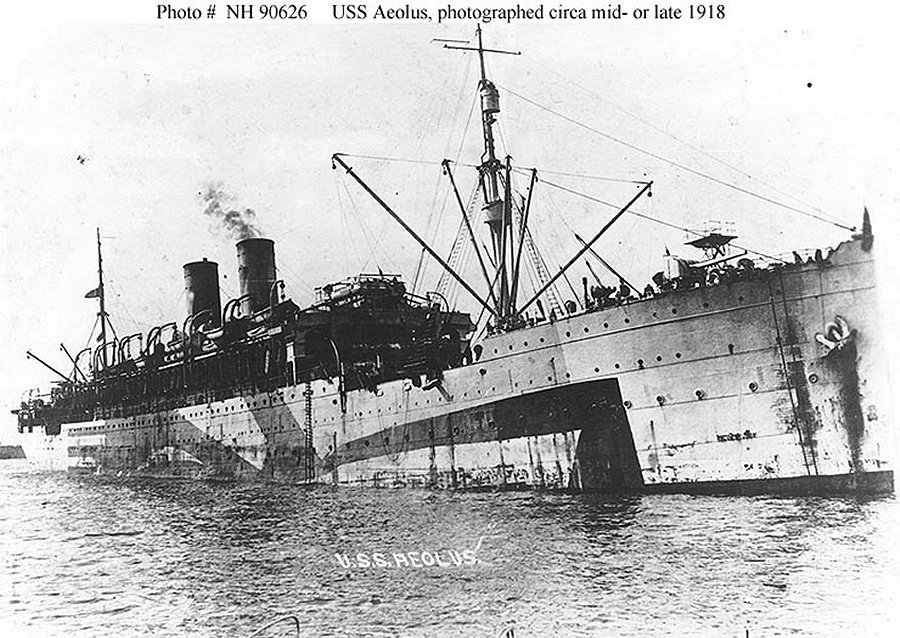
The first four Service Companies, composed primarily of railroadmen and other skilled workers, went over as the 503rd Engineers. They arrived in France shortly after the First and Second Battalions, having sailed November 26th, 1917, aboard the transport USS Aeolus and landed at St. Nazaire December 10th. The outfit was thoroughly scattered; one company was assigned to the Pontenx District, where they took over the operation of trains on several French branch roads, handling the products of the 1st Battalion of the Tenth (the 11th Bn., Twentieth), and the Fourth and Sixth, at Mimizan and Castets. Other detachments of the 503rd served with the Fifth Battalion at and near Gien, and with Co. E, Tenth Engineers, at Ciez-Colloutre, in the same district. At one point, a detachment of the 503rd under Captain McGeachin had the mission to transport a pontoon bridge to the Meuse River near Pouilly, to support combat patrols of the 356th Infantry. [History of the 87th Division, U.S.A., by George H English, Jr, War Society of the 89th Division, 1920.]
With the exception of the four companies of the 503rd Engineers, all the forestry service units were composed of colored troops, with white officers and sergeants. Most of them were not skilled tradesmen but had had a thorough military training and were sent overseas with the expectation of front-line duties. Considering the abruptness of their transition to Forestry duties, their record is truly remarkable. The colored troops focused primarily on cutting fuelwood for distribution by the 20th Engineers' attached Quartermaster units, though several sawmill crews composed largely or entirely of black soldiers performed exceptionally well.
The Fifteenth Engineer Service Co. were assigned a newly completed mill of 10,000 capacity, built for the 45th Company of the 20th Engineers at Bias, in the Mimizan District. On a few days notice the colored men manned and operated the mill, the only outside assistance being a filer and an engineer. The Sixteenth Engineer Service Co. performed a similar stunt at Arengosse. In general, however, the Service Cos. were employed in loading lumber, and in cutting and shipping fuel. Nearly every District employed one or more units.
The Fifth Battalion, 20th Engineers was assisted by the 6th, 12th and 24th Engineer Service Cos. in the camps near Gien.
Several units took part in the Eclaron district, and others around Bourges.
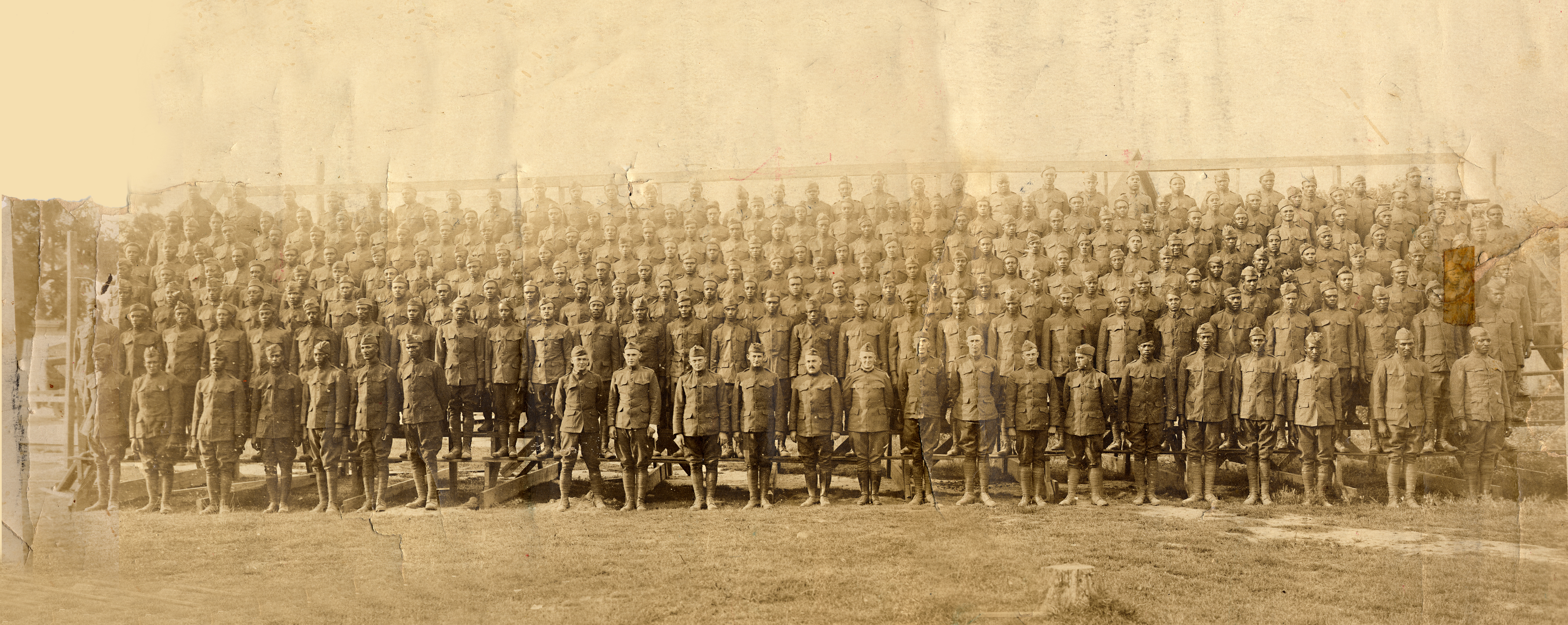
Company C, 517th Engineer Service Battalion at Camp Gordon, Georgia, before shipping out to Europe.
Later redesignated as the 11th Engineer Service Company.
The company consisted of 10 white officers and sergeants, and 255 "colored" troops.
Click the photo for a unit history from the perspective of the company first sergeant.
The 517th Engineer Service Battalion, consisting of Cos. 9, 10, and 11,(originally Companies A, B, and C) were a part of the lumbering expedition that accompanied the First Army into the combat zone of the Argonne woods. The 9th Co. made fuel production records at Provencheres, in the upper Marne valley.
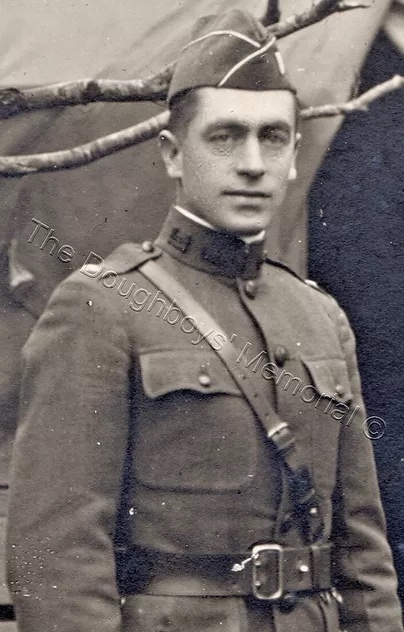
Lt Richard H Wilson
12th Engineer Service Company
(Company D, 517th Engineer Service Battalion)
Company D of the 517th Engineer Service Battalion, later the 12th Engineer Service Company (Forestry), was detailed to support the 5th Battalion's operation in the Gien District.
The colored service troops were chiefly drawn from Alabama, Texas, and Mississippi, and were a picked force, their comrades of lower physique gravitating to labor units. The morale displayed by them was uniformly high, under circumstances which could not have been foreseen by those responsible for their preliminary training.
The Engineer Service Battalions attached to the Twentieth Engineers were two of a series of units designed to act as labor elements for the Regiment of higher training in special lines, such as the Railway, Highway and Forestry regiments. The 547th and 548th arrived in Cherbourg just as the Armistice was consummated, and were utilized in the great drive to keep the A. E. F. warm during the ensuing winter. Most of their service was in the northern districts and the upper Loire basin.
The Quartermaster troops credited to Forestry consisted of nearly 11,000 men, employed solely on fuelwood production, and almost entirely limited to the Advance Zone, within shipping distance of the troop concentrations in occupied Germany and the original American areas in northeastern France and the Base ports.
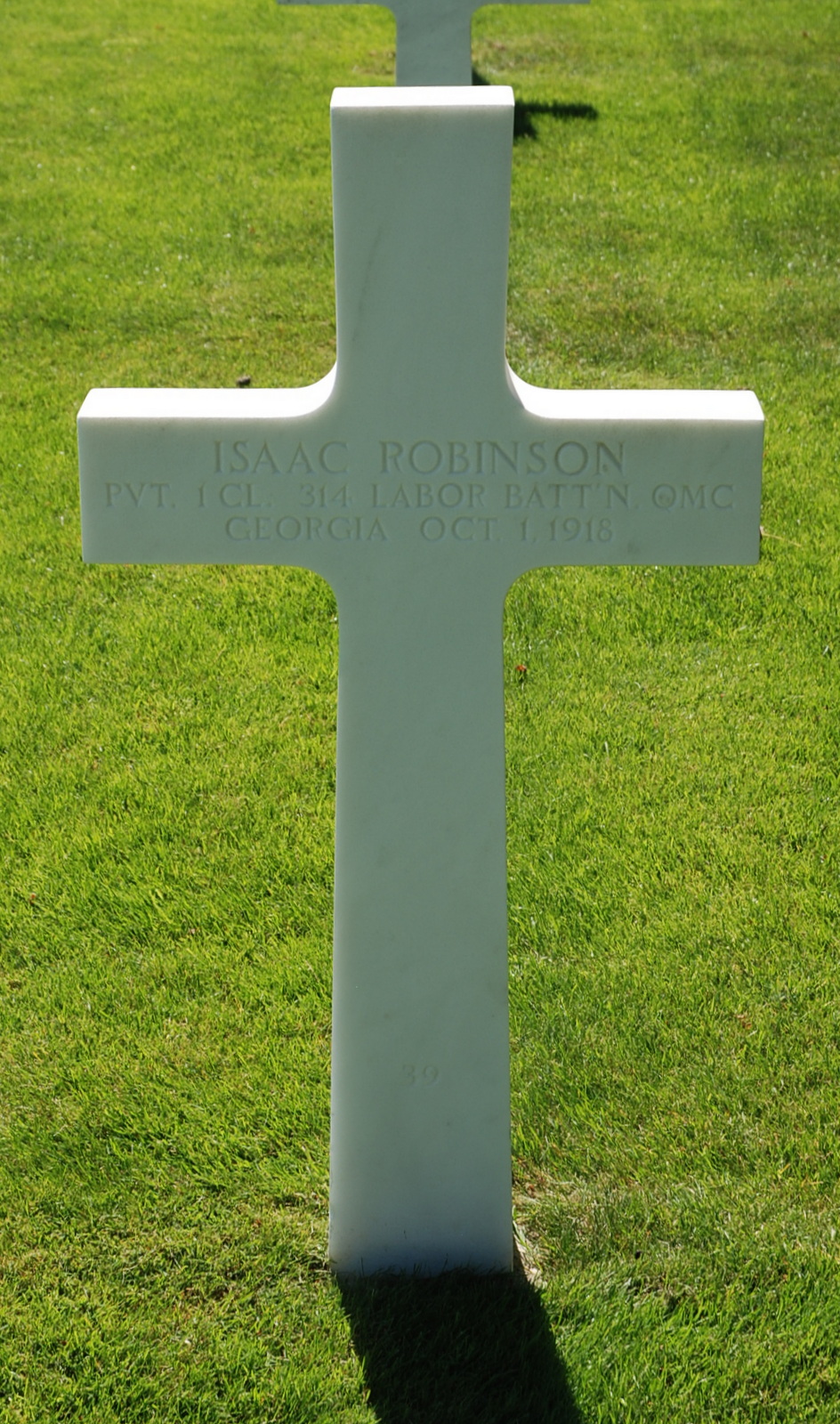
The troops in the Quartermaster Labor battalions were particularly susceptible to disease and illnesses, especially influenza. To this day, there are 27 graves in American military cemeteries of troops from the 314th Quartermaster Labor Battalion, alone.
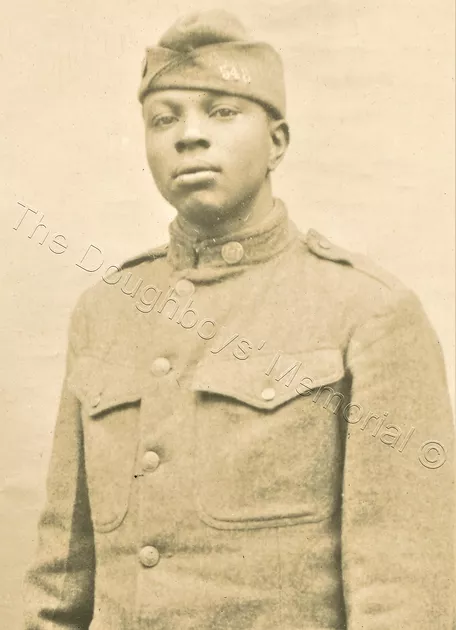
|
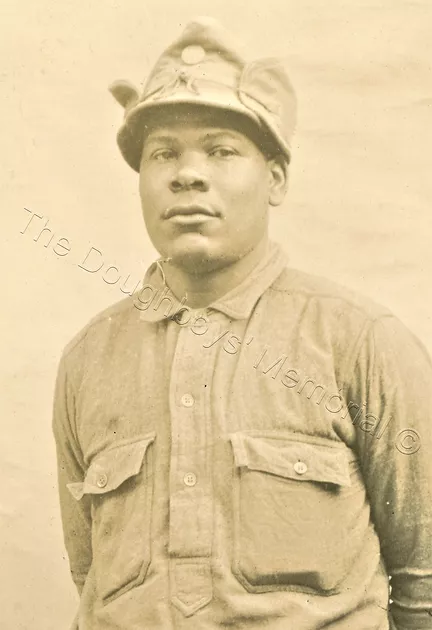
|
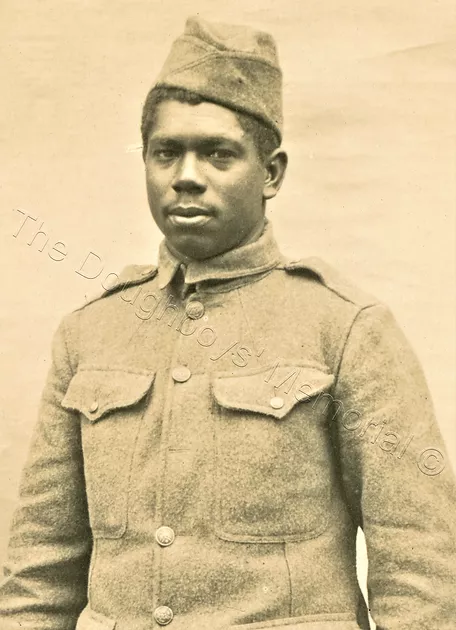
|
|---|---|---|
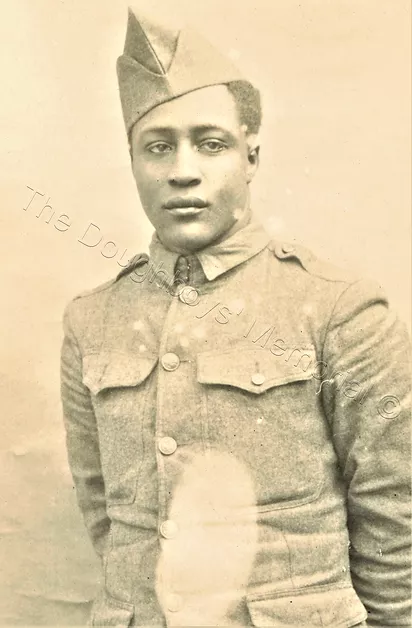
|
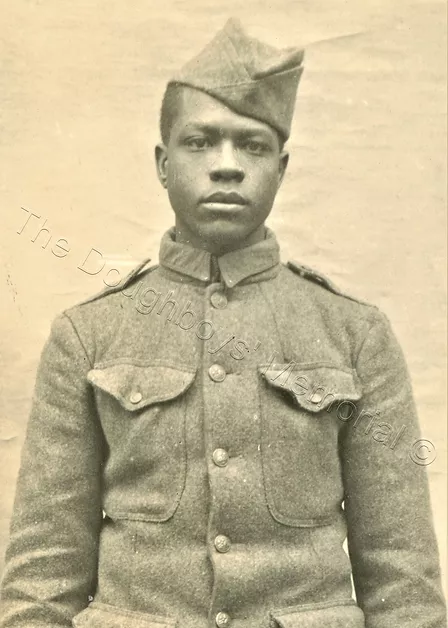
|
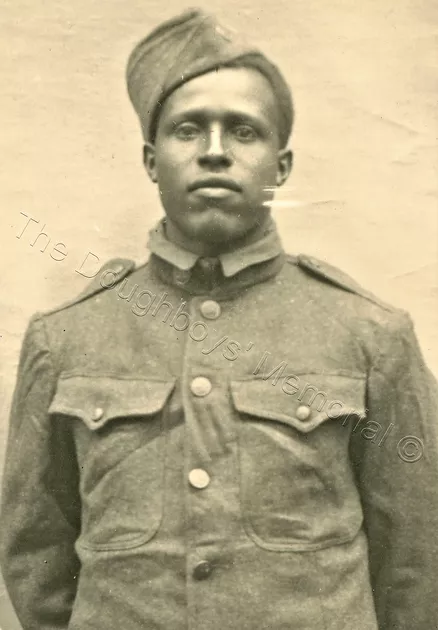
|
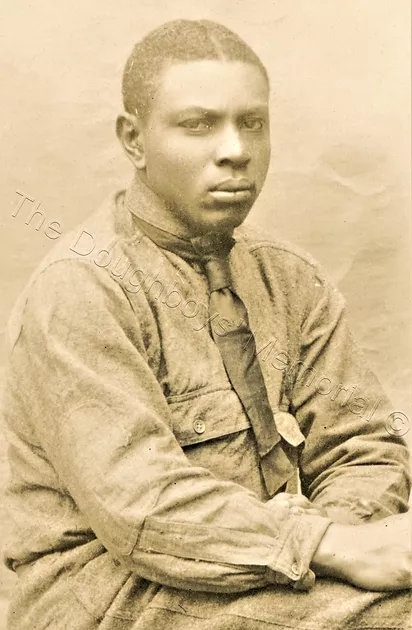
|
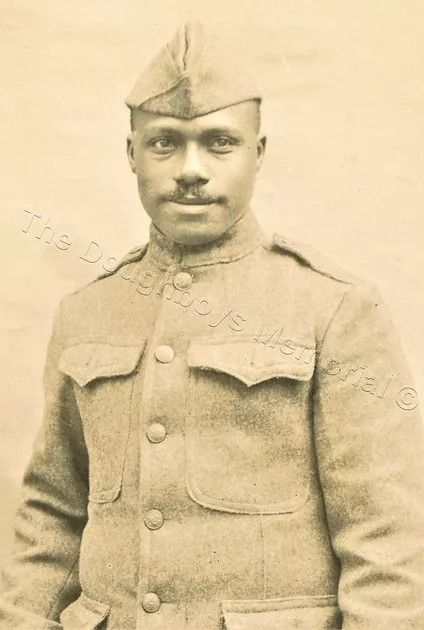
|
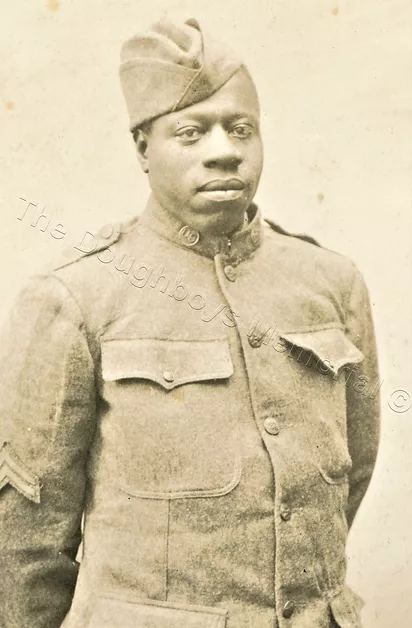
|
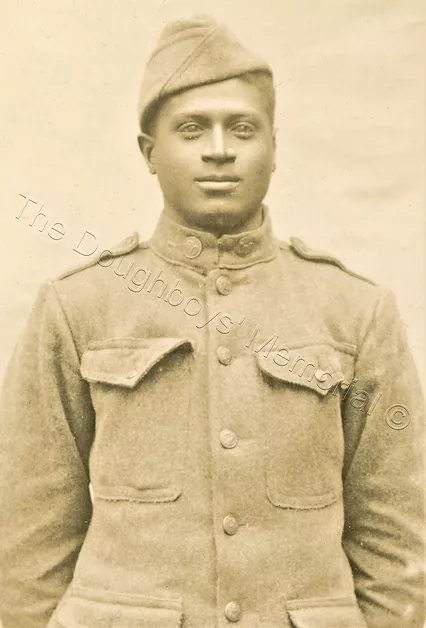
|
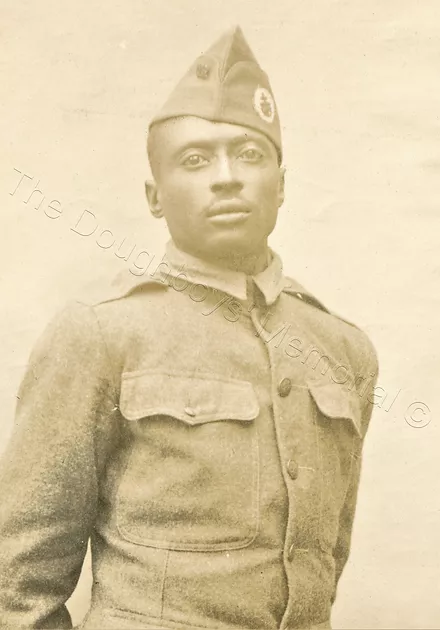
|
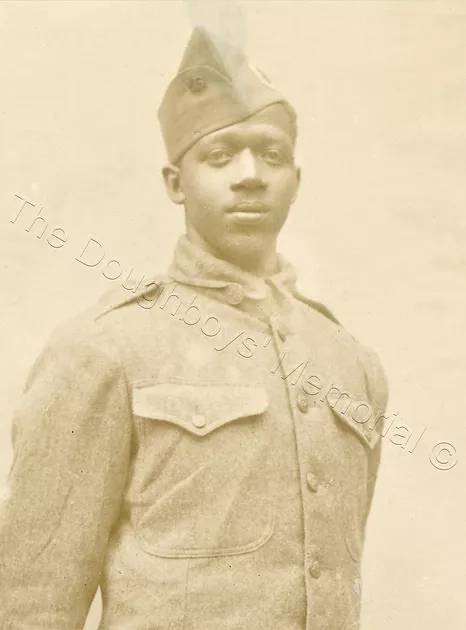
|